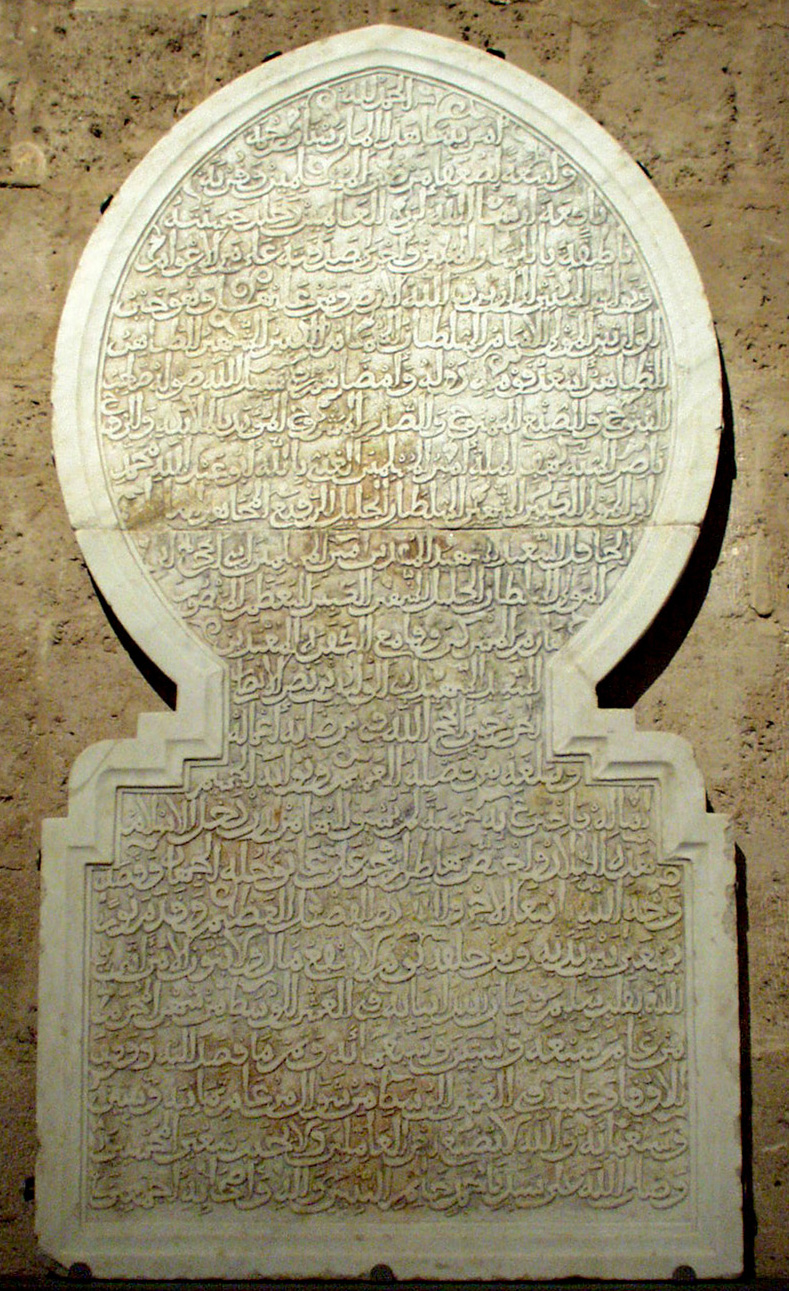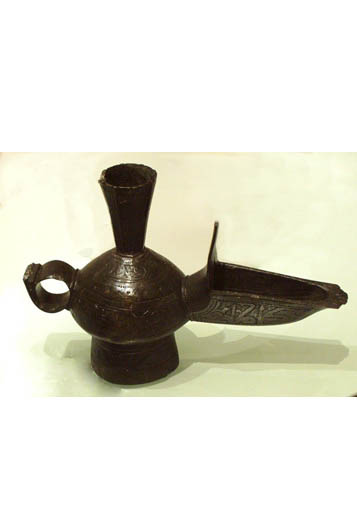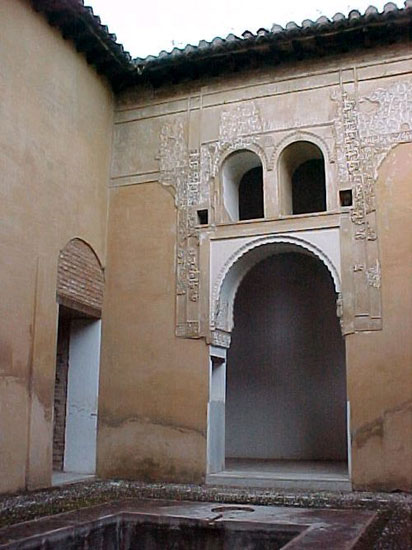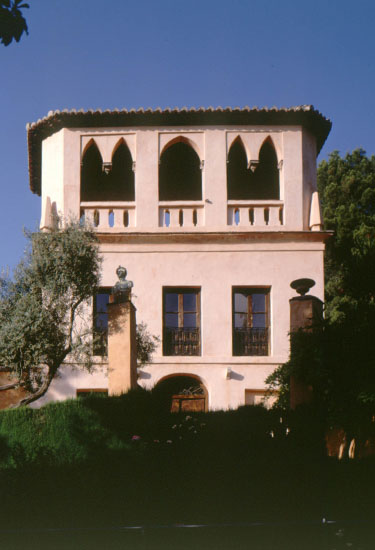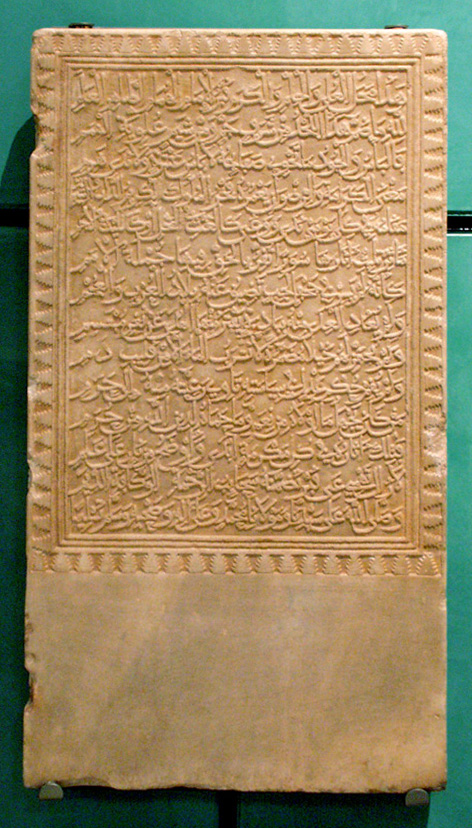Nasrid era Jewellery
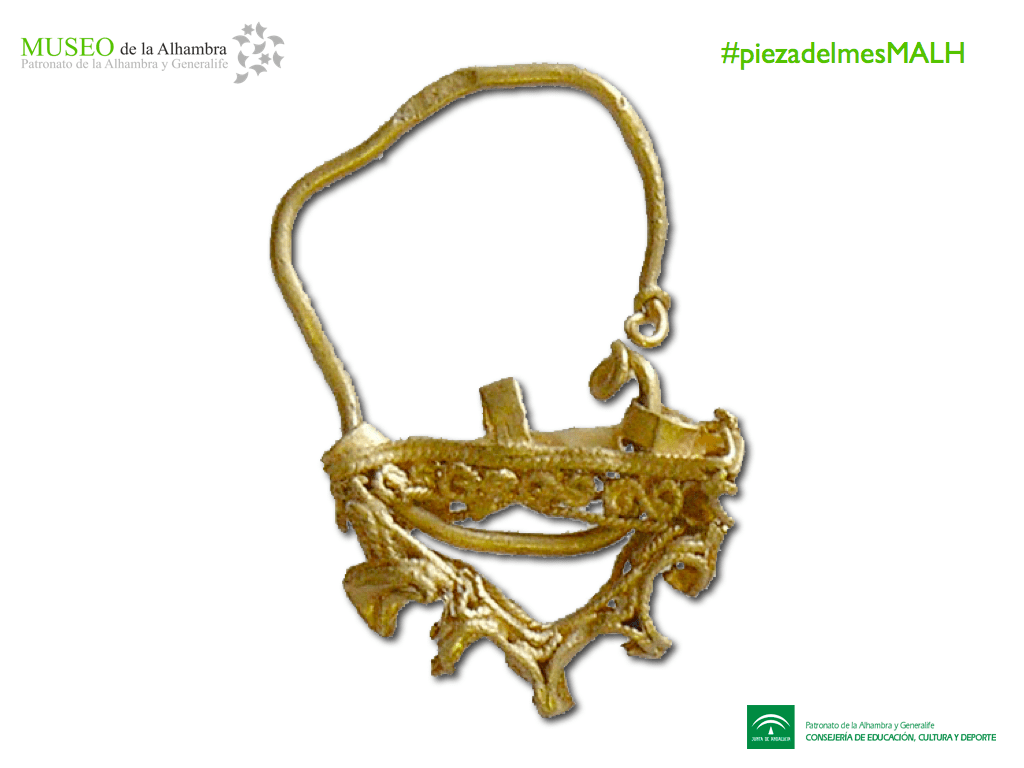
Hispano-Muslim jewellery is well-known thanks largely to various hoards that have been uncovered. These examples show us the variety of shapes, manufacturing techniques and materials used by ancient craftsmen. Descriptions of these jewels, detailing both their forms and their functions, have been found in both Muslim and Christian sources. The descriptions in morisco dowry letters are of particularly interest.
In these exhibits the legacy of classical pieces is clear, albeit with certain differences which will be analysed in the presentation.
In addition to the jewellery in gold and silver, we also find other pieces made from less precious metals. This is because jewellery was popular amongst all social classes and wearing it was a way of showing off one’s social status.
In addition to the use of different metals, these jewels are decorated with precious and semi-precious stones, pearls and glass. Glass was widely used in jewellery decoration, in the form of cabochons or beads.
Another popular kind of gems were those thought to act as talismans, such as hamsas or the glass bracelets which children often wore to protect them from the evil eye.
Two of the most important hoards from the Nasrid era were found at Bentarique and Mondujar. There are many similarities between these two hoards and it is possible that the jewels came from the same workshop.
Opening Times: Saturdays at 12h.
Place: Room VII, Museum of the Alhambra, Palace of Charles V.





 Contact
Contact






